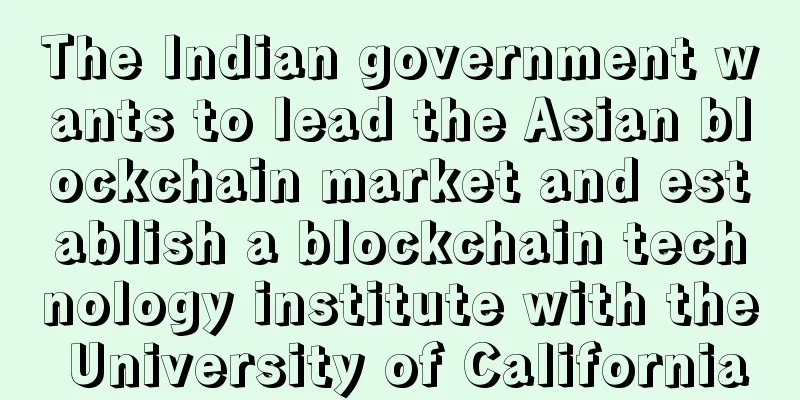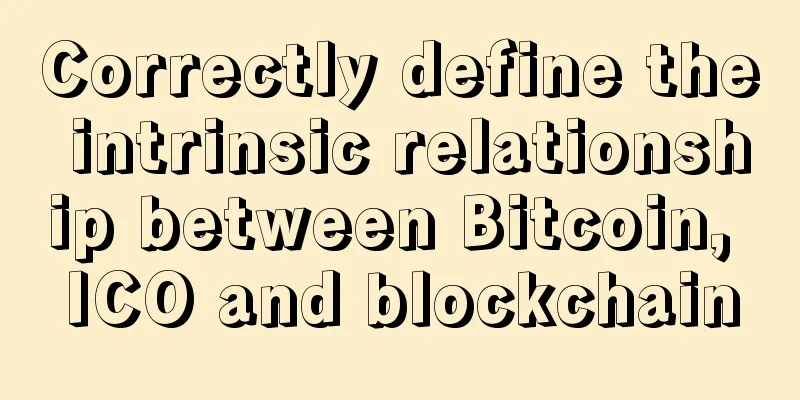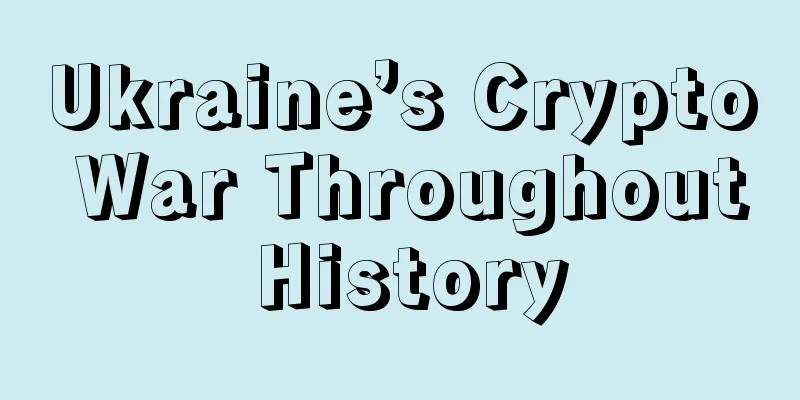What are the effects of the Cancun upgrade? How it completely changed Ethereum

|
After years of planning, Ethereum successfully implemented the Dencun upgrade last week! While this hard fork brought nine changes to the network, the most notable one was EIP-4844 (aka Proto-Danksharding), which promised to reduce gas fees on Ethereum’s Layer 2 by introducing “blobs,” which provide a more efficient way to publish L2 transaction data. Today, we use data to analyze whether Dencun lives up to its name and explore how this upgrade has completely changed Ethereum! 1. Impact of the Cancun upgradeIn the weeks leading up to Dencun’s arrival, increased on-chain activity led to rising transaction fees, causing multi-dollar gas fees to become the norm on the network’s most popular L2, sparking an outcry from users and highlighting the need to reduce fees. While it is impossible to accurately predict what L2 fees will be post-Dencun in a pre-implementation world (as they are a function of variable blockspace demand), it suggests that L2 users can expect a 90% reduction in fees for the same level of activity. Since L2 needed to change the way it published data to utilize blobs, there was a lag between Dencun going live and the reduction in user experience fees. However, soon after Dencun was implemented on March 13, theory was put into practice, with all major L2s publishing their first blobs the next day. When L2 started using blobs, the benefits of Dencun were immediately apparent as the cost of publishing their data was reduced to a minimum. Transaction fees on Base were initially so cheap that wallets could not accurately display the fraction of a penny it cost to make a token transfer! Compared to Dencun’s previous standard, ZkSync’s data costs have dropped by 89%. Meanwhile, Arbitrum’s costs have dropped by 93%, and the costs of the OP Stack chains (i.e. Base, Mode, Optimism, and Zora) have dropped by over 98%! With fees now lower, a greater number of profitable transactions can be conducted on L2, increasing demand for block space and leading to increased transaction volume on many chains. The most dramatic increase was for Base, which hit an all-time high of 2.1 million transactions on March 16, a 300% increase from Dencun's previous level. The increase in transaction volume has increased the costs associated with L2 computations, but the total gas fees paid for transactions on L2 (a combination of the cost of posting data to Ethereum and local L2 fees) has dropped significantly, allowing users to enjoy cheaper services and increase transaction volume than before, while increasing the net profit of operating L2. A new paradigmWhile Rollups can still achieve significant cost savings by publishing data to a dedicated data availability layer (i.e. Celestia) instead of Ethereum, even with Blobs enabled, it is still critical to highlight the main achievements of Dencun. Compared to a single alternative L1, Ethereum through its Rollup-centric roadmap, now turbocharged by Dencun, enables L2 to offer similar low fees while enabling them to secure the network by increasing token supply. Maintaining maximum security and keeping ETH deflationary! 080.eth pointed out in a tweet: The unwelcome fact is that your favorite #Ethereum killer has to inflate its token to keep transaction costs so low while #ETH supply decreases. Since transactions on L2 are now cheap, it’s safe to conclude that EIP-4844 is a near-term solution to Ethereum’s scalability challenges, but it’s important to note that a significant amount of development work is still required to achieve the final state of Rollup scaling. While they are able to achieve extremely low fees given current block space demand levels, future increases in on-chain activity will put upward pressure on transaction fees, leading to new L2 scalability issues for users. To address this inevitable problem, Ethereum developers are working on full Danksharding, which will increase the number of blobs that can be attached to a block from 6 to 64, bringing a large amount of dedicated L2 space to Ethereum, enabling the network to easily carry out hundreds of separate Rollups, making millions of transactions per second a reality. Unfortunately, due to the many complex changes that must be made to unlock Danksharding, including the implementation of proposer-builder separation and the development of stateless clients, it will take years before such an upgrade even becomes possible. Until then, we’ll be crossing our fingers that a few blobs per block continue to provide enough scale for Ethereum’s Rollups and their users. |
<<: The Federal Reserve issued a "reassurance" of interest rate cuts, and BTC rose to regain $67,000
>>: Coinbase to launch DOGE futures may be aimed at forcing SEC to take action
Recommend
What does a black mole on the lower lip mean?
Mole physiognomy is a traditional physiognomy in ...
How popular is blockchain? 10 major exchanges have already participated in blockchain technology research
We often report on blockchain using the phrase “b...
World's first physical statue of Satoshi Nakamoto unveiled in Hungary
András Győrfi said: "No matter who he or she...
The facial features of a person who is sharp and mean
The facial features of a person who is sharp and ...
Can people with the "川" pattern on their palms become rich?
The "川" character pattern is a very com...
Nvidia has released the latest restricted mining graphics cards RTX3080Ti and RTX3070Ti
On June 1, NVIDIA officially announced the latest...
What does it mean when a man has a mole on the right corner of his eye? What is your fate if you have a mole on the right corner of your eye?
People are very good at choosing the locations of...
I gave him 600 bitcoins, but he committed suicide last week.
Editor's note: The original article comes fro...
How to reduce Filecoin gas costs
The high cost of fuel (Gas) has forced old miners...
What kind of men are unreliable? Women must avoid men with these facial features.
The current social environment is very complex, a...
What are the common bad faces? What kind of people have bad luck?
A person's face can reflect a lot of informat...
A quick look at the trading strategy and positions of a whale with realized profits exceeding 100 times
Is the address "0x7431931094e8bae1ecaa7d0b57...
The most difficult woman to mess with
The most difficult woman to mess with People ofte...
Palm lines that indicate family discord
Palm lines that indicate family discord Which pal...
Is it good for a man to have a mole on his chin? What does it mean?
The location of different moles is closely relate...









